What Is The Fastest Animal In The World
What is the fastest animal in the world? The answer isn't straightforward. Many factors — like gravity, air current, and brute size — must be considered. To kick, researchers take even so to clock the speeds of every earthly species. Plus, in that location'due south still some disagreement in the scientific community regarding the methodologies used for some of the current standings.
Fastest Bird: Peregrine Falcon — Height Speed 242 MPH
The peregrine falcon (Falco peregrinus), aka the duck hawk, is the fastest fauna on globe. Known as "the living missile," these falcons live everywhere, except in extreme polar areas and New Zealand, and reach diving speeds of 200 miles per hr. To date, the highest measured descent for a peregrine falcon is 242 miles per hour. When they're not hunting, peregrines declension along between 40 and lx miles per hour.
Large keel bones, pointed wings, stiff feathers, and exceptional respiratory systems all contribute to peregrines' speed. Its big keel os increases flapping power; the pointed wings create a streamlined airfoil effect; and the fauna's strong, slim feathers reduce elevate. Peregrines also accept one-way airflow into their lungs and air sacs that remain inflated fifty-fifty when exhaling, which allows for optimal oxygen distribution. Additionally, the bird'due south 600 to 900 beats-per-minute heart rate means they can flap their wings up to four times per second, increasing their power and diminishing fatigue.
In addition to lightning-fast dives, these falcons enjoy the fastest visual processing speed of any animate being tested. They can spot prey from over a kilometer away! To put that in perspective: if you testify humans a succession of still pictures at 25 frames per 2d, we'll see a fluid "film." For peregrine falcons to experience the same "motion picture" issue, the frame-per-second charge per unit would need to exist 129.
The IUCN currently lists peregrine falcons as "Least Concerned." Nevertheless, the species wasn't e'er in the clear. Ddt, the pesticide, most wiped them out. During the 20th century, the species suffered mass casualties on account of the chemic and was added to the U.S. Endangered Species list. However, thanks to DDT restrictions and other conservation efforts, the falcons were removed from the listing in 1999.
Visit the falcon encyclopedia folio to acquire more.
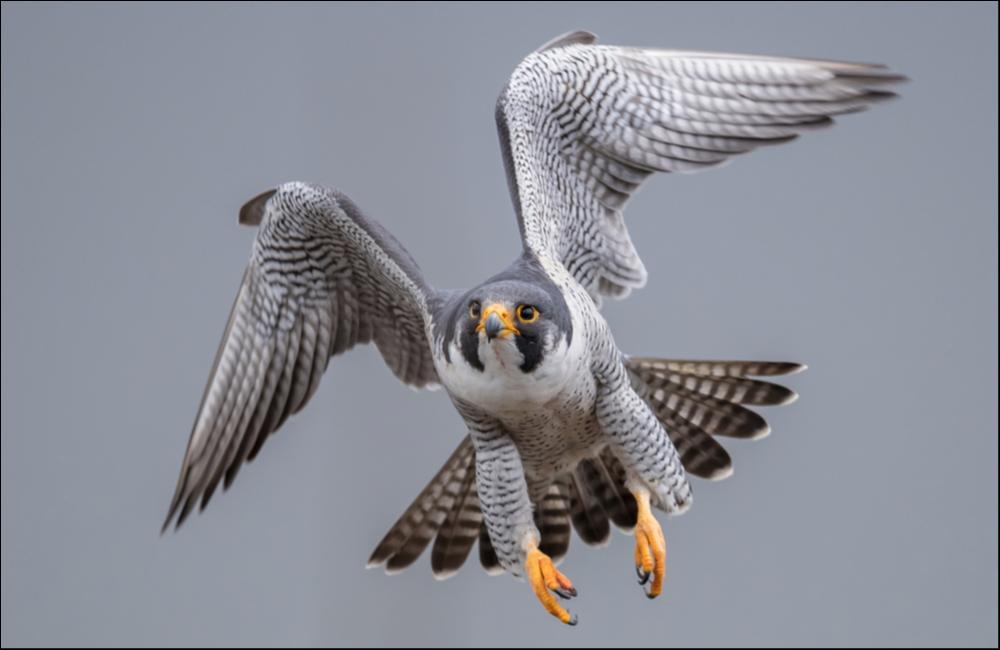
Fastest Land Creature: Cheetah — Elevation Speed seventy MPH
Found in North, Southern, and Eastward Africa, the cheetah (Acinonyx jubatus) holds the title of the fastest land animal. A natural-built-in sprinter, cheetahs can attain a height running speed of 70 miles per 60 minutes. More impressively, the feline can advance from 0 to 60 miles per hr in simply three brusque seconds! That's better than a sports car!
Several physiological factors make cheetahs speed demons. For starters, they're the slimmest of the big cats, sport long legs, and accept small, lightweight heads. These factors make cheetahs aerodynamic dynamos. Besides, when cheetahs run, they don't motion their heads, which adds to their aerodynamism.
Cheetahs' spines, however, are the linchpin to the creature's speed. They're long, extraordinarily flexible, and human activity as a spring coil that allows the animal to maximize every stride. Lastly, cheetah muscles have a loftier percentage of what mammalogists call "fast-twitch fibers," which broaden their ability and speed.
Cheetahs, however, cannot sustain loftier speeds for long. They're sprinters, not marathon runners. It can take thirty minutes for a cheetah to recover from a 330-pes outburst, which is nigh the length of a soccer field.
The largest cheetahs grow to 136 centimeters (53 inches) alpine, 149 centimeters (4.nine feet) long, and they counterbalance between 21 and 72 kilograms (46 and 159 pounds).
Currently, the IUCN lists cheetahs equally "vulnerable." Due to heavy poaching, game hunting, and habitat devastation in the 20th century, the cheetah population has dwindled to near vii,100. Additionally, cheetahs are frequently exploited on the illegal pet trade marketplace, and climate change is proving devastating to the species.
Larn more at our chetah encyclopedia page.
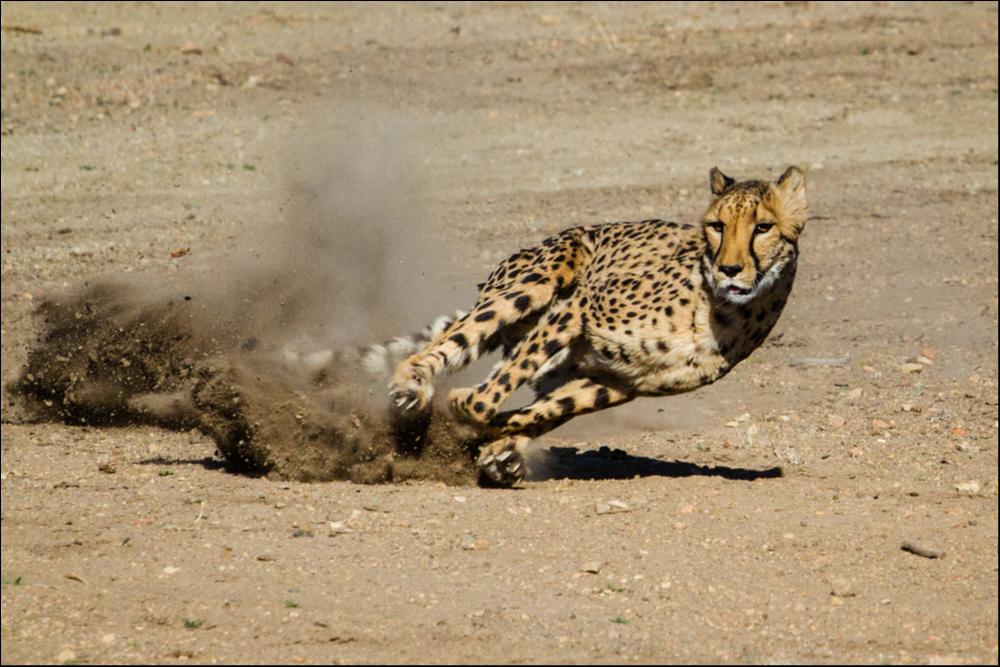
Fastest Mammal: Mexican Free-Tailed Bat — Elevation Speed 99 MPH
A recent and controversial addition to the Fast Creature Hall of Fame is the Mexican free-tailed bat, aka the Brazilian free-tailed bat (Tadarida brasiliensis). Establish in N and Due south America, the Mexican complimentary-tailed bat is the official flying mammal of Texas. They mainly live in caves and sometimes in buildings with outside ceiling access.
In 2009, researchers conducted a Mexican free-tailed speed test by attaching navigation tags to several animals. The scientists and then tracked the subjects with an aircraft and recorded one bat whizzing through the air, horizontally, at 99 miles per hour. The results catapulted the Mexican free-tailed bat to the top of the fastest mammals listing.
Nonetheless, not everyone is confident in the outcome. Some people dispute the merits because the test didn't adjust for wind and footing speeds. Plus, the results allowed for a fifty- to 100-meter margin of error.
If the Mexican free-tailed bat loses its speed record, the creature nevertheless holds a bat superlative: it can fly college than whatsoever other fellow member of its order, Chiroptera. The winged mammals can cruise along at an distance of 3,300 meters.
Mexican free-tailed bats are unremarkably about 3.5 inches long and weigh between .25 to .42 ounces.
The IUCN classifies Mexican complimentary-tailed bats as "Least Concerned," but that doesn't paint the whole motion-picture show. Due to increased habitat destruction, Mexican free-tailed bat numbers are rapidly declining. California lists it as a "species of special business organization."
Read more about the astonishing abilities of bats here.
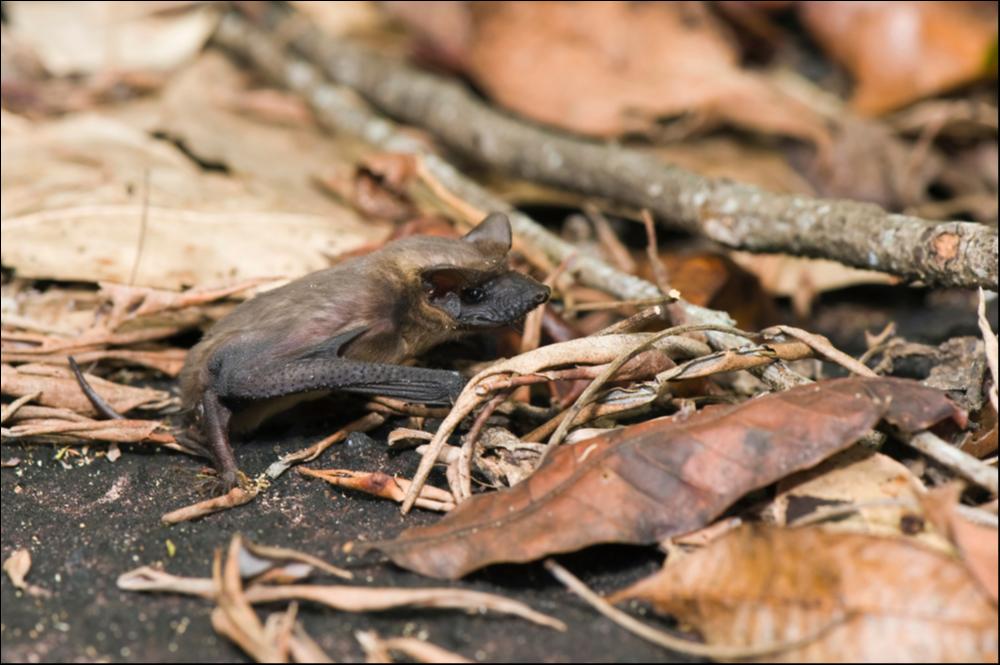
Fastest Water Animal: Black Marlin — Top Speed fourscore MPH
The fastest fish is the black marlin (Istiompax indica). A resident of the tropical and subtropical regions of the Indian and Pacific Oceans, the speedy fish can clock eighty miles per hour. Insufficiently, black marlins swim faster than cheetahs run. To tape their speed, researchers mensurate how quickly a fishing line comes off the reel when anglers snag one.
Several physical features make black marlins fast. Their long, thin, sharp bills — ideally shaped to slice through the h2o chop-chop — and rigid pectoral fins are exceptionally aerodynamic. Plus, they can deftly maneuver their crescent-shaped tails to create power.
In addition to pond fast, blackness marlins travel far. One beast fitted with a tracking tag in California was defenseless 10,000 miles abroad in New Zealand!
Blackness marlins can too dive to depths of 2000 feet just typically don't go below 600 — and the longest ever recorded was fifteen.3 feet.
Co-ordinate to the IUCN, black marlins are "Data Scarce," meaning in that location's insufficient information to adequately assess the species' conservation status. Regardless, they're commercially fished and sought every bit prized game.
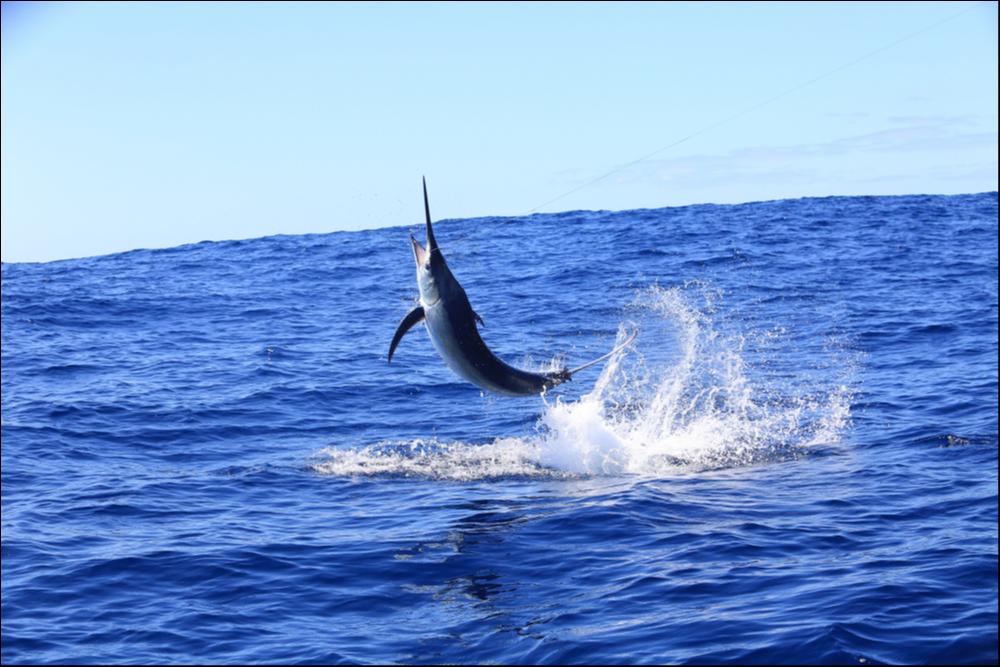
Fastest Insect: Male Horsefly — Top Speed ninety MPH
Horseflies (Tabanus sulcifrons), aka gadflies, currently sit atop the fastest insect list. Found worldwide, except in Iceland, Greenland, and Hawaii, horseflies can reach speeds of up to xc miles per hr — but males are faster than females.
Like the Mexican complimentary-tailed bat, researchers dispute the horsefly'southward speed status. Jerry Butler, a scientist from the University of Florida, produced the 90 miles per hour consequence. Some folks, however, feel that his methodology allowed for erroneous conclusions. People who turn down Butler'due south findings usually list the desert locust (Schistocerca gregaria) as the fastest insect, with a reliable miles-per-hour rate of 21.
We should note that scientists have withal to do all-encompassing insect-speed studies. As such, the horsefly's standing is liable to change.
In the late 19th century, American entomologist Charles Townsend claimed that deer botflies (Cephenemyia stimulator) could reach speeds of ane,287 kilometers per hour. That'southward faster than the speed of sound! But subsequently advancements in tracking applied science led to better studies, other entomologists burst Townsend's bubble. They proved that deer botflies merely reached speeds of about 25 miles per hour.
Horseflies have a torso length betwixt 0.2 and 1.0 inches — about one-half as long equally a golf tee. The largest ones have wingspans of upwardly to 2.4 inches.
Horseflies are so abundant they don't accept an IUCN classification.
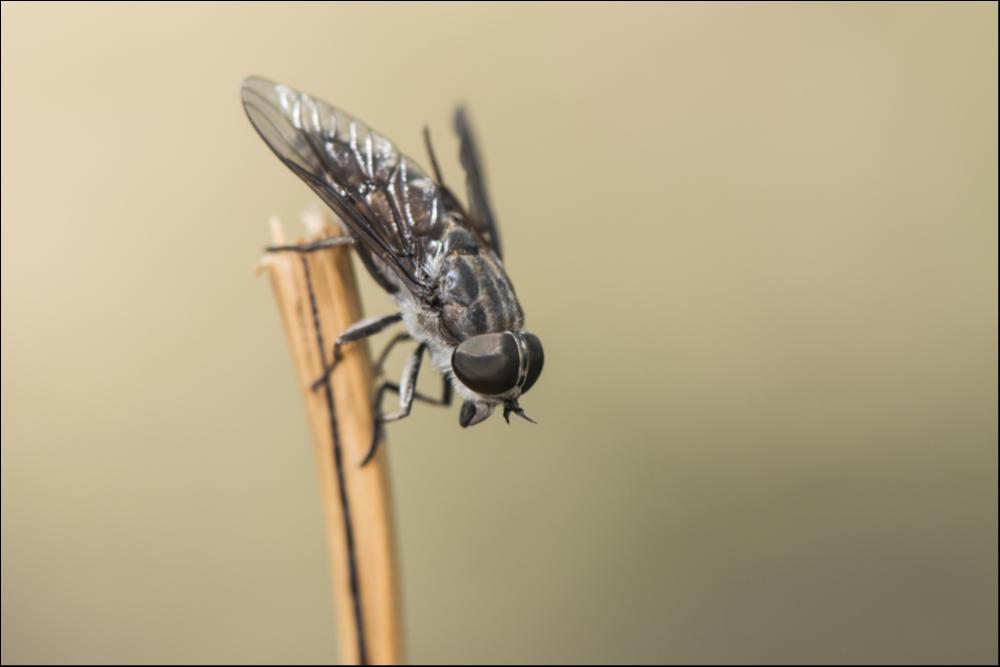
Nearly nine 1000000 species populate the planet. Some are fast, some are boring. Some are huge, and some are minuscule. Merely the i matter we all share is the same planet. So accept time to read up on other species — because the more you know, the ameliorate planet custodian you'll be!
Visit our endangered animals listing page to learn more than about which species need your assist well-nigh!
Source: https://a-z-animals.com/blog/the-5-fastest-animals-in-the-world/
Posted by: mccabethiss1969.blogspot.com

0 Response to "What Is The Fastest Animal In The World"
Post a Comment